Copyright 2020 - 2021 irantour.tours all right reserved
Designed by Behsazanhost
Underground City of Nushabad or Ouyi
Underground City of Nushabad or Ouyi
A Masterpiece of Iranian Ancient Architecture
The underground city of Ouyi (Nushabad) in northern Kashan - Isfahan province - is considered one of the masterpieces of ancient architecture. The depth of this underground city varies from 4 to 18 meters. To reach the underground city there have been several different openings. Some of these openings were located inside the houses of people and some others were located in important gathering places such as the main fort just outside the city. People could live in underground passages and rooms for several days without the need of going outside. There are three levels in this underground city and these levels were cleverly planned in a way that going to the different levels required moving from down to up. This made it easier for the people sheltering in the underground city to prevent enemies from getting to the upper levels.
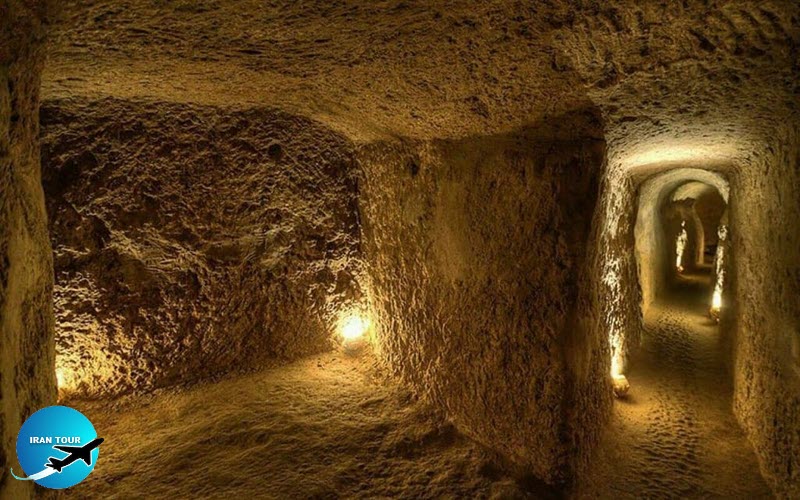 |
Another interesting feature of their architecture is the curvy passages that made it possible for the inhabitants to ambush enemies. Furthermore, there have been several other tricks that were used to resist the enemies, for instance digging deep holes in the middle of the rooms and covering it with rotating stones that would fall down if anyone stepped on them. Ouyi underground structure, is a handmade complex, spreading thousands of square meters beneath the city of Nushabad, and consists of a labyrinth of corridors, with shafts descending down three stories.
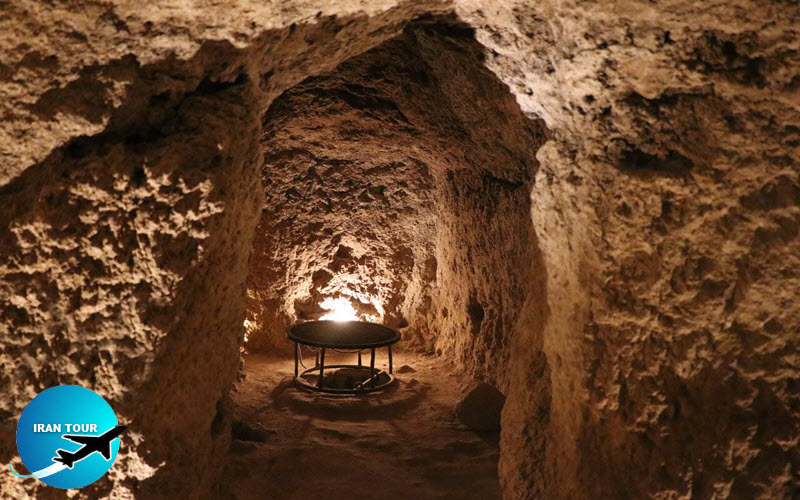 |
Ouyi was only discovered in 2004. Archeologists believe the subterranean structure city dates back 1500 years to the preIslamic Sassanid era. The city paints a vivid picture of a people under siege. The complex with all its innovative details and ingenuity was clearly constructed to allow a large number of people, perhaps the entire town, to hide from enemy forces over a sustained period of time. The most striking of features is the sophisticated air conditioning system, which keeps the three floors cool and ventilated. Other impressive aspects include the manner in which the corridors have been carved at an angle for defensive purposes. If an enemy was to appear at any of the entrances, the angle would prevent them from being able to see down the corridor, thus allowing the inhabitants' time to escape or to ambush the enemy.
 |
The entire three-story structure has been built at an upwards slant, again designed to delay enemy advances and prevent them from getting to the upper levels. Man-holes, optical illusions, obstacles, and forked paths were all strategically worked into the city's design to trap and trick intruders. A lot of thought appears to have gone into the design to make it inhabitable. Aside from ventilation, there are small grooves in the walls for fat-burning lamps used for lighting; there are latrines on each floor with wastewater channels running underneath; there are wells with fresh water and kitchen areas, and storage spaces; and bedrooms are easily discernible.
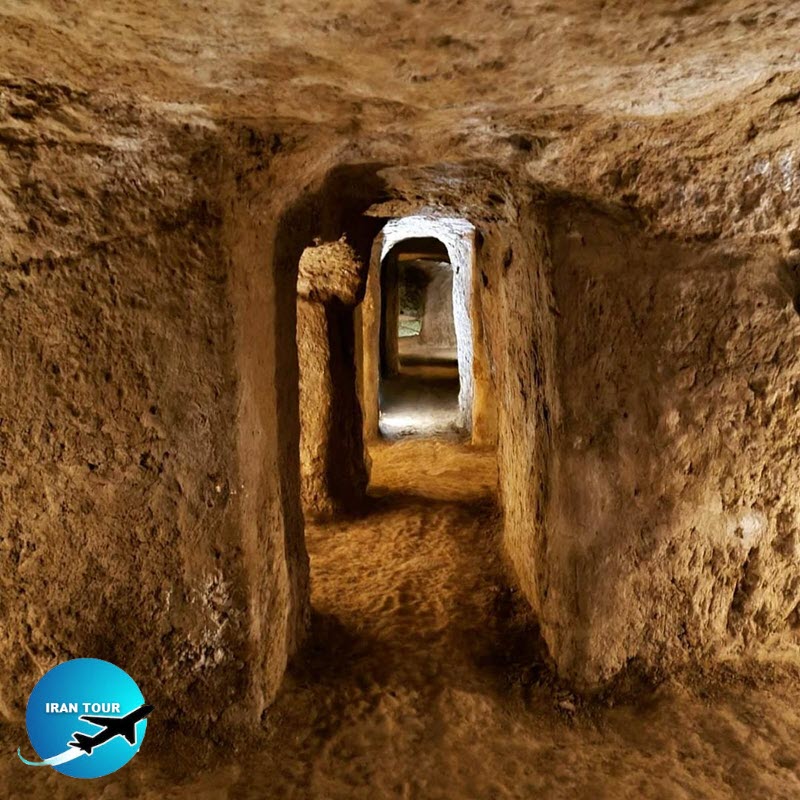 |
Today two entrances have been created at the bottom of a 16-18th Century Safavid water reservoir allowing visitors to reach the underground city. Entrances to the city were from population concentration points like water reservoirs, markets, fortresses, and also some individual houses. There are many spaces within the underground city, each consisting of interconnected, 180 cm height rooms for temporary settlement connecting through angled corridors (preventing direct sight), toilets, supply stocks, and guarding places. Lighting was provided by fat-burning lamps.
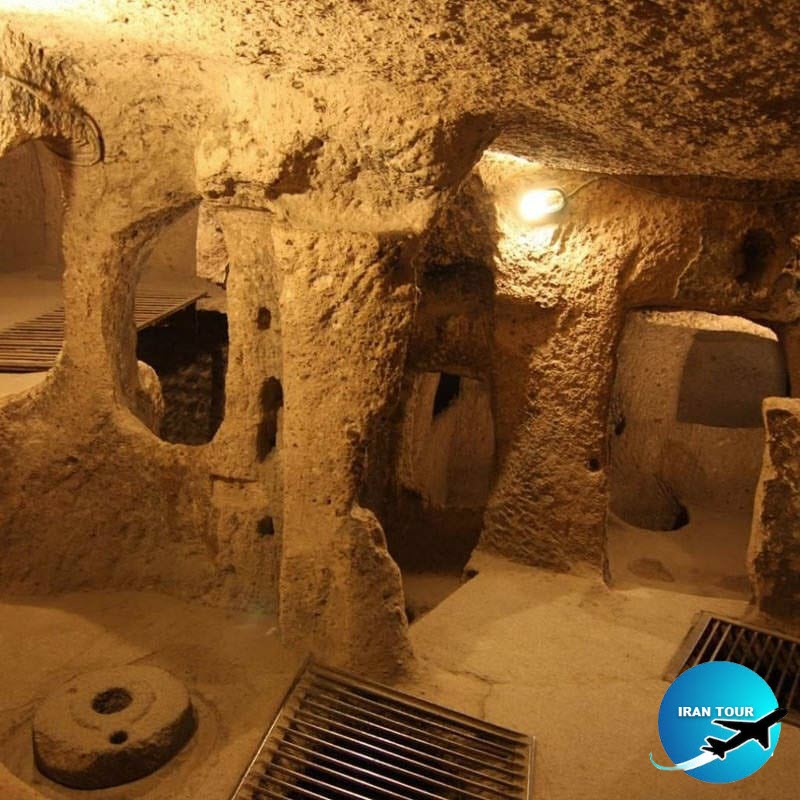 |
The city was built in 3 stories, each one 3 to 5 meters in depth connecting via some narrow manholes. Once Nushabad inhabitants felt the threat of some invaders coming to their area, they went into some wells to get their hideouts. At the bottom, these shafts lead to the connected network of corridors, chambers, more downward wells, etc. From the top, it looked like it's another dry well in this desert town. The depth of the wells had been decided in a way that they didn't reach the aquifers or wet grounds, but they were deep enough to be supposed as ordinary wells.
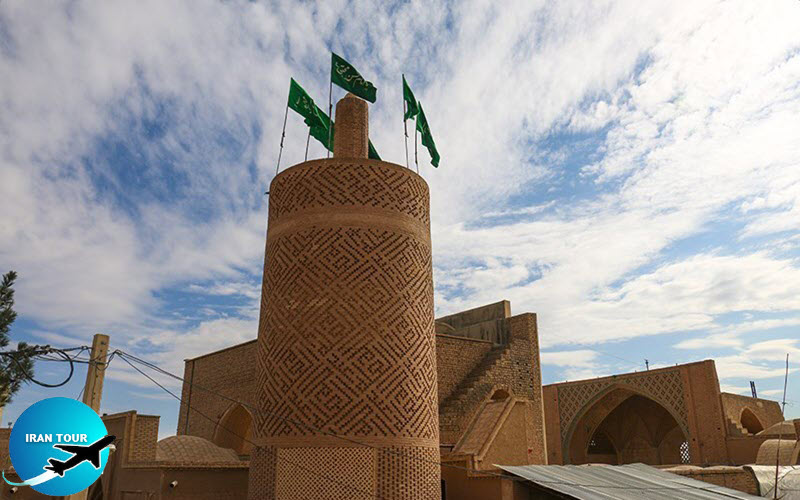 |
The natural air conditioning and water supply of the city are among its ancient engineering wonders. The ventilation system used in the underground city through devising canals made it possible for the refugees to breathe even at a depth of 20 meters below the ground. Some facilities such as a teahouse on the first floor of this underground city have been prepared to welcome visitors and tour guides are stationed at Nushabad to explain some historic facts about this stunning underground city. The city, spread over four kilometers, has been dug in three floors underground for remaining immune from theft and plunder. Old residents of Nushabad say the underground city terminates at Niasar in Kashan. In olden times, people used to go to Niasar Cave through Nushabad Underground City. Nushabad is located about 5 kilometers north of Kashan.
- Details
- Category: What to see in IRAN